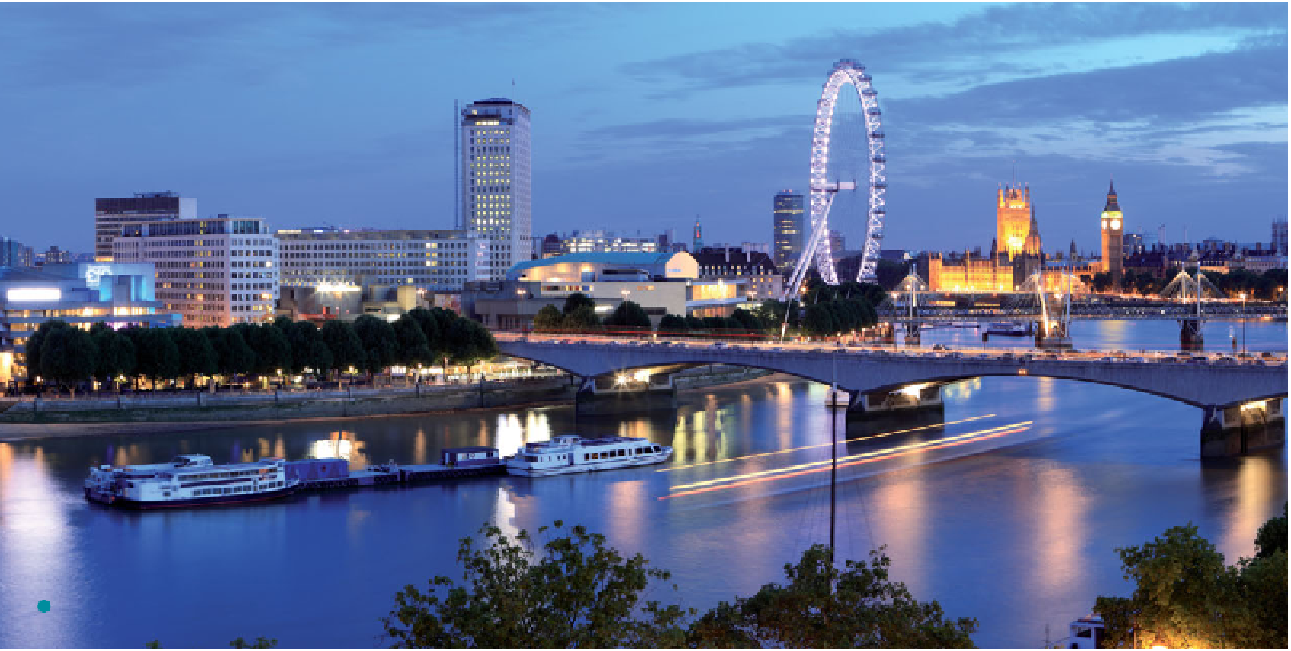Geoscience Reference
In-Depth Information
Getty Images
Flowing water is the most important natural geomorphic agent on Earth, shaping the landscape in many interesting
ways. Humans also interact with streams on a daily basis, as this image of London's Thames River shows, using them for
transportation arteries, supplies of drinking water, and energy production. This chapter focuses on the way that water
flows across the Earth's surface in streams, the landforms that are produced by these processes, and some of the ways
that people interact with them.
CHAPTER PREVIEW
LEARNING OBJECTIVES
Overland Flow and Drainage Basins
The Rhine River
1.
Describe the concept of a drainage basin (or
watershed) and how such basins are arranged from a
hierarchical perspective in the United States.
2.
Discuss the various components of hydraulic
geometry and the way that water flows in channels.
3.
Compare and contrast the concepts of base flow,
bankfull discharge, and flood discharge in the context
of recurrence interval.
4.
Explain how hillslope erosion processes operate and
the formation of rills and gullies.
5.
Define the concept of a graded stream and how the
longitudinal profile of such a stream changes over time.
6.
Discuss why base level is an important variable in the
behavior of a stream.
7.
Compare and contrast the character and development
of braided streams with meandering streams.
8.
Explain the concept of a stream meander, how water
flows within it, and how the landscape is shaped at
this location.
9.
Describe the various ways that humans impact
Hydraulic Geometry and Channel Flow
Fluvial Processes and Landforms
Bedload Transport and Braided
Streams
The Graded Stream
Stream Meandering
Fluvial Geomorphology and Stream
Processes
Human Interactions with Streams



















